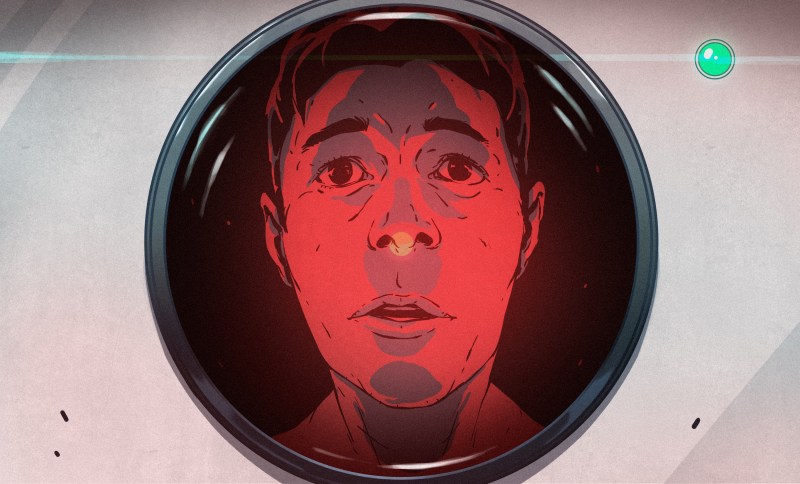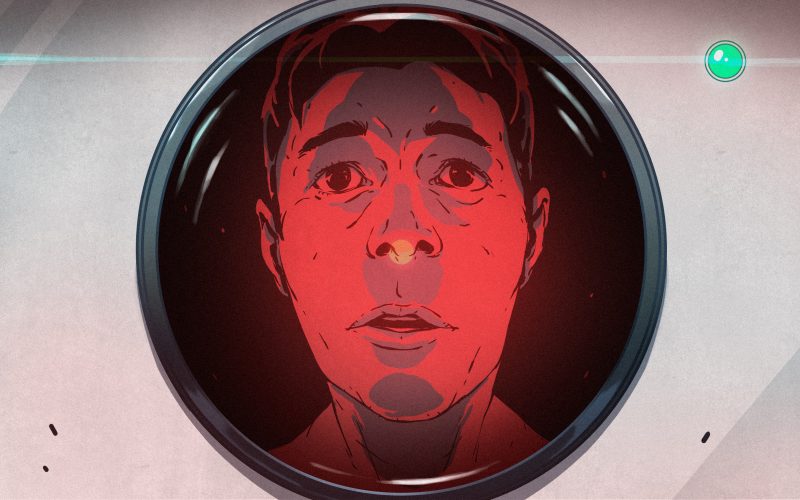
After the news cycle recently exploded with the announcement that Google would require every single Android app to be from a registered and verified developer, while killing third-party app stores and sideloading in the process, Google has now tried to put out some of the fires with a new Q&A blog post and a video discussion (also embedded below).
When we first covered the news, all that was known for certain was the schedule, with the first trials beginning in October of 2025 before a larger rollout the next year. One of the main questions pertained to installing apps from sources that are not the Google Play Store. The answer here is that the only way to install an app without requiring one to go through the developer verification process is by installing the app with the Android Debug Bridge, or adb for short.
The upcoming major release of Android 16 will feature a new process called the Android Developer Verifier, which will maintain a local cache of popular verified apps. The remaining ones will require a call back to the Google mothership where the full database will be maintained. In order to be a verified Android developer you must have a Google Play account, pay the $25 fee and send Google a scan of your government-provided ID. This doesn’t mean that you cannot also distribute your app also via F-Droid, it does however mean that you need to be a registered Play Store developer, negating many of the benefits of those third-party app stores.
Although Google states that they will also introduce a ‘free developer account type’, this will only allow your app to be installed on a limited number of devices, without providing an exact number so far. Effectively this would leave having users install unsigned APKs via the adb tool as the sole way to circumvent the new system once it is fully rolled out by 2027. On an unrelated note, Google’s blog post also is soliciting feedback from the public on these changes.
